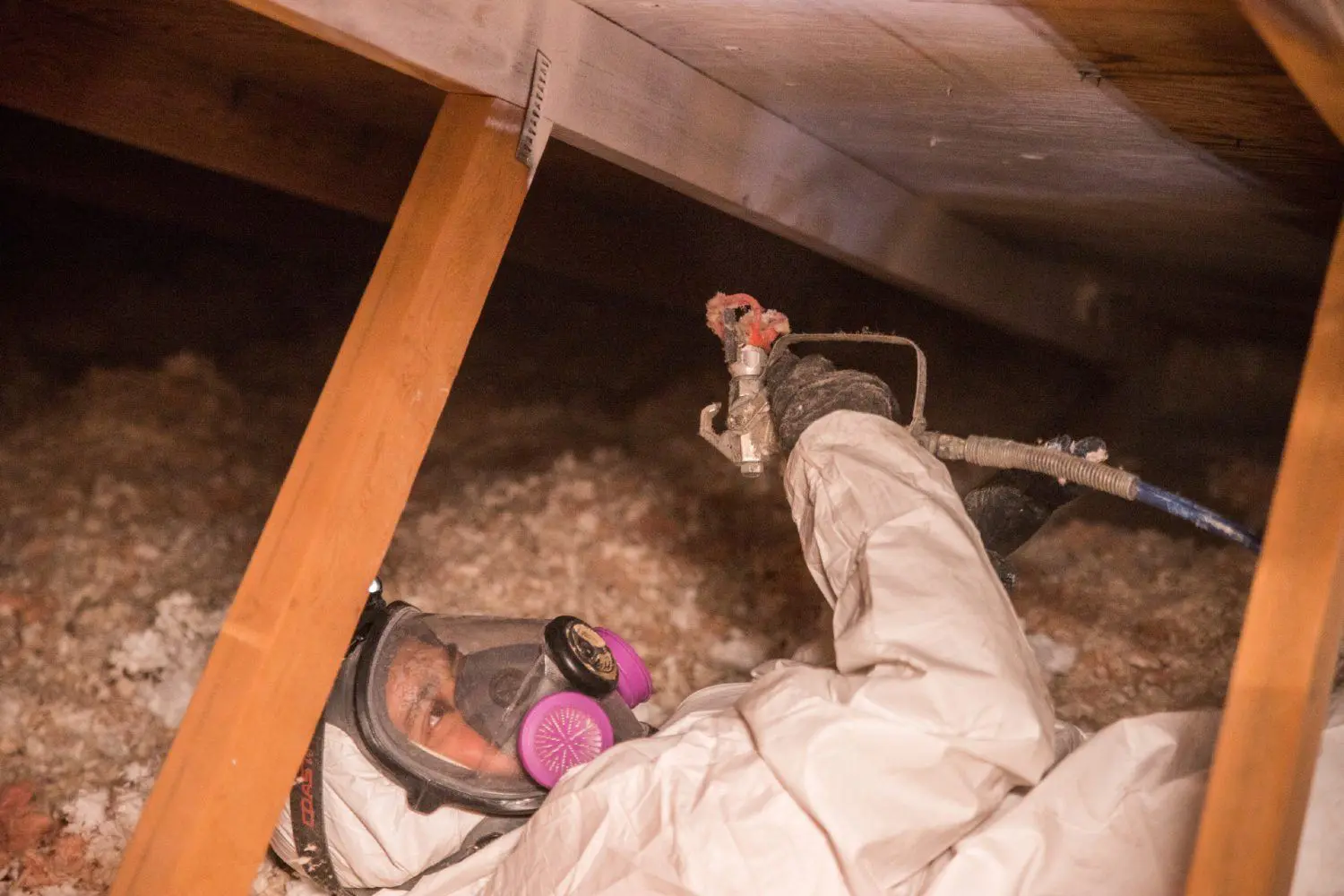By Walsh Crawl Space | Published on October 16, 2024
Mold remediation is essential for anyone looking to address mold issues and maintain a healthy indoor environment. This guide covers the general steps involved in the mold remediation process, what mold remediation entails, and why it’s crucial to handle mold properly to protect your health and property.

An example of a mold remediation process to ensure a safe and clean environment.
Mold remediation goes beyond simply removing visible mold. It’s a comprehensive process that involves identifying the source of mold, isolating the contaminated area, and addressing moisture to prevent future growth. Mold remediation is important because mold can cause structural damage to buildings and health issues for occupants. For more information, check out the EPA’s Guide on Mold Cleanup.
Mold grows in moist areas, such as basements, attics, or behind walls. If untreated, it can compromise the integrity of surfaces like drywall, wood, and carpet. Mold remediation reduces health risks, such as allergies and respiratory issues, and prevents further property damage by addressing the root causes, like excess moisture. Proper remediation also reduces the chances of mold regrowth and helps maintain a clean indoor environment.
While each mold remediation project may vary, these are the general steps involved in the process:
Mold remediation starts with a thorough inspection of the affected area. Professionals use tools such as moisture meters and thermal imaging cameras to locate mold and identify the sources of moisture. This assessment allows them to develop a targeted remediation plan.
Once mold is identified, the next step is to contain the affected area to prevent spores from spreading. Containment measures include sealing off doors and vents with plastic sheeting and creating negative air pressure within the space.
Mold remediation specialists use HEPA air scrubbers and filters to remove mold spores from the air. HEPA filters capture microscopic mold spores, improving air quality and minimizing the risk of airborne spores spreading.
With containment and filtration in place, mold removal can begin. Depending on the surface, remediation teams may use HEPA vacuuming, scrubbing, or damp wiping with specialized cleaning agents. Porous materials affected by mold may need to be removed and disposed of completely.
Mold-infested materials are carefully sealed in plastic bags to avoid contamination and then disposed of according to local environmental regulations. This ensures mold spores are not reintroduced into the environment.
Once contaminated materials are removed, remaining surfaces are cleaned and disinfected. Non-porous surfaces are scrubbed with detergent, while more extensive contamination may require antimicrobial treatments to prevent regrowth.
Moisture control is essential in mold remediation. Dehumidifiers, fans, or heaters bring down moisture levels to a safe range. Professionals aim to keep humidity levels below 60% to prevent future mold growth.
After remediation, a final inspection ensures the mold is completely removed and the area is dry. Professionals may use moisture meters or perform air quality tests to confirm that remediation was successful and that it’s safe for occupants to return.

Walsh Crawl Space: Our process includes expert inspection, containment, and detailed cleaning to ensure a complete solution to mold issues. Contact us for professional mold remediation today.
The duration varies depending on the severity of mold growth and the area affected. Simple cases may take a few days, while more extensive issues could take a week or more.
It depends on the level of contamination and the containment setup. For extensive mold issues, temporary relocation is often recommended until the process is complete and the area is cleared for re-entry.